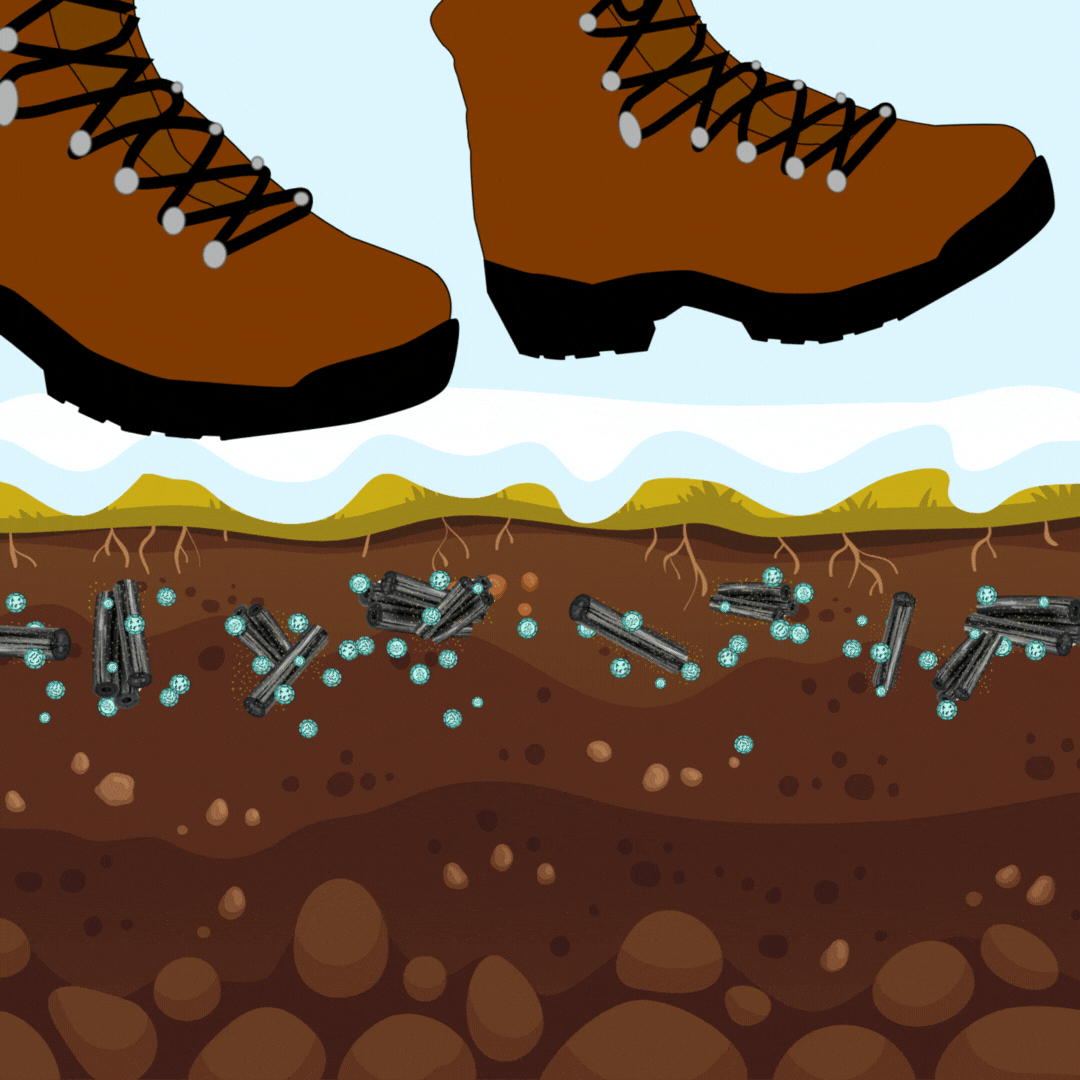The Hidden World of Soil: Reflections from Winter on an Organic Permaculture Farm
- Jamie Rhodes
- Feb 12, 2023
- 4 min read
Updated: Feb 16, 2023
While the world above ground is resting and dormant, below ground a vibrant microscopic “coral reef” is thriving.
In this first season of the project, I’ve been learning about what goes on at a permaculture farm over Winter and how it can inspire my creative writing practice. In this blog post I’ll outline some of the things I’ve learned and the practical actions I’ve witnessed at Edibles permaculture farm here in the Southern Pennines, as well as the impression this has made on me creatively as a writer as I work on the Plant Stories fiction book.
Love the soil you grow in
The health of the soil you grow in matters far more than you might imagine. One of the most striking things for me about Winter on a permaculture farm, is the attention paid to soil care. Soil is a fascinating substance that is the necessary foundation for all growth. By being mindful of soil care, permaculture design leads to healthier soil. What grows from this soil has a much higher nutritional value than the same plant species grown in mass agriculture, where the monoculture environment relies on the addition of synthetic fertiliser in order for the plant to produce whatever the consumable end product is.
Here are a few things that I’ve learned about soil during Winter on a permaculture farm:
Soil is ALIVE! A teaspoon of permaculture soil contains on average a billion bacteria, a million fungi and ten thousand amoebae.
Soil is mysterious. More than 95% of the bacterial species in soil have yet to be identified. We probably know more about the moon than a bucket of soil.
Soil health takes time. It takes a fallen leaf two or three years to rot down and become part of the soil.
Soil is hard to replace. Soil forms very slowly, maybe as little as 1 cm of thickness in 500 years, so we can’t just replace it in our own lifetime.
One practical action being taken on the permaculture farm is the process of making and scattering Biochar to support and improve soil health. Biochar is any organic material that has been burned to a charcoal state, the burning halted before the matter reduces completely to ash. The result is a natural nutrient-rich labyrinth that is the perfect habitat for the bacteria and microorganisms that are necessary for healthy soil. There is evidence that the method was used by ancient cultures of the Brazilian Amazon and by of the Incan civilisation of the Peruvian Andes, more on that here and here.
Watch this video of Edibles Permaculture Farm owner, Rosie Lonnon, making biochar and talking about why it is one of the most important Winter jobs on the farm.
Making Biochar
As Rosie explains in the video, adding nettle or comfrey tea to the biochar fills it with valuable nitrates to further improve the health of the soil. The result is a whole thriving subterranean ecosystem, massively improving soil health through natural materials.
How healthy is your social soil?
Substitute the word “soil” in many of the sentences above with words like “society” or “culture”, and you can appreciate the parallels between care for soil and care for the world we share. The health of the societal soil in which we grow, personally and collectively, in the existential or ontological sense, has profound direct implications on the quality of life we might enjoy here. This is the soil we are immersed in.
Permaculture thinking has inspired me to look at the health of the soil in which I am growing. To reflect on the soil that my mind is continually developing in and being influenced by. Perhaps most importantly, I am more aware than ever of the societal soil that children are being raised in. These are the new shoots and saplings that will one day bear the fruits and flowers to nourish societies of the future.
Much like the role of biochar in the ecologically harmonious principles behind permaculture thinking, I believe the arts can be the biochar to support the flourishing of a healthy society. Like adding biochar to soil to help the bacteria, microbes, and mycorrhizae to thrive, adding arts to societies and communities has a comparable social benefit, particularly with regards to mental health. Localised access to arts, as well as provisions for individuals to have the time, impetus and materials to create art, in whatever form that might take, leads to a healthy societal soil. Immersed in this soil, a human being may find the ontological nourishment to thrive in ways that transcend material need alone.

There is a much larger piece of work to be done drawing parallels between soil and society than can be covered in this blog post and over the course of the Plant Stories project I will examine how the arts can serve as a catalyst for positive change in our communities. The themes of permaculture and society, and the interconnections between them, certainly offer a rich and fertile ground for exploring the impact we can have on the world around us. Your thoughts and insights are an essential part of this conversation, so please share them with me as I continue to delve into this fascinating topic whilst writing my book.





Comments